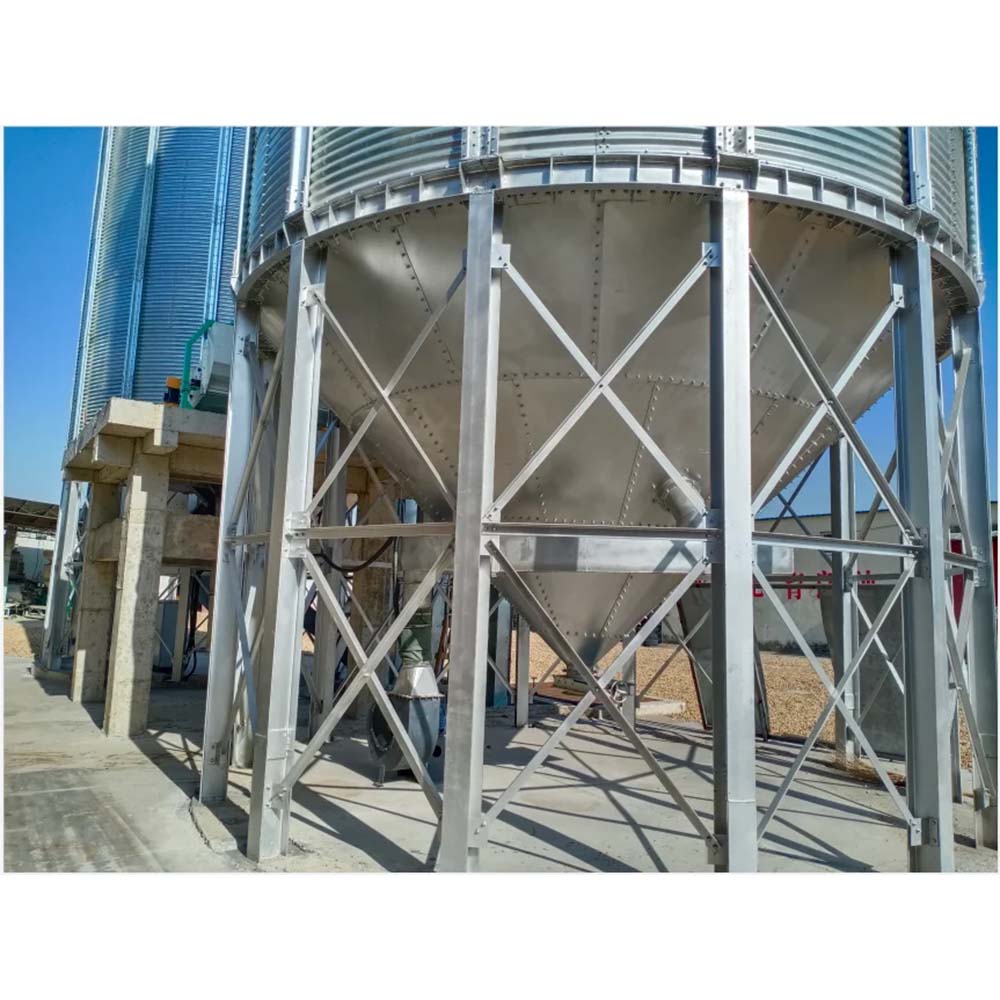Efficient Horizontal Feed Mixer for Optimal Livestock Nutrition and Feed Preparation
Nov . 09, 2024 02:45 Back to list
Efficient Horizontal Feed Mixer for Optimal Livestock Nutrition and Feed Preparation
The Horizontal Feed Mixer An Essential Tool in Modern Agriculture
In the realm of modern agriculture, efficiency and effectiveness are paramount, and one piece of machinery that plays a critical role in achieving these goals is the horizontal feed mixer. This equipment is essential for farmers, particularly in livestock operations, as it ensures that the feed provided to animals is mixed uniformly and effectively. With its design and functionality, the horizontal feed mixer has transformed how feed is prepared, leading to improved animal health and productivity.
Understanding the Horizontal Feed Mixer
A horizontal feed mixer consists of a large trough or mixing chamber that is typically horizontal in orientation. This design allows for a more efficient blending of various ingredients, such as grains, hay, supplements, and minerals. The components of the mixer include mixing augers or paddles, which rotate within the trough to blend the ingredients thoroughly. These mixers come in various sizes, catering to different scales of farming operations, from small family farms to large commercial enterprises.
Benefits of Using a Horizontal Feed Mixer
1. Uniform Mixing Perhaps the most significant advantage of a horizontal feed mixer is its ability to provide a homogeneous mixture. Animals require a well-balanced diet, and unevenly mixed feed can lead to nutritional deficiencies. The horizontal design ensures that all components are adequately mixed, offering a consistent feed ration.
2. Time Efficiency In the fast-paced world of farming, time is of the essence. Horizontal feed mixers can mix large quantities of feed in a relatively short period, allowing farmers to spend less time on feed preparation and more time on other important tasks.
3. Versatility Horizontal feed mixers are incredibly versatile. They can handle a variety of materials and are often equipped with features allowing farmers to adjust the mixing time and speed, depending on the specific feed formulation. This adaptability means that farmers can easily tailor their feed rations to meet the changing nutritional needs of their livestock.
horizontal feed mixer

4. Reduction in Waste By ensuring thorough mixing, these mixers minimize feed wastage. When feed is not mixed properly, livestock can sort through and leave behind less desirable components, leading to wasted feed. A horizontal feed mixer eliminates this issue, ensuring that animals consume all the ingredients.
5. Improved Animal Health A well-balanced and consistent feed diet directly correlates with the health of livestock. When animals receive the proper nutrients, they exhibit better growth rates, reproductive performance, and overall health. By facilitating better nutrition, horizontal feed mixers contribute to the sustainable success of farming operations.
Choosing the Right Horizontal Feed Mixer
When selecting a horizontal feed mixer, farmers need to consider several factors. Firstly, the size and capacity of the mixer should match the scale of the farming operation. Additionally, the type of materials being mixed and the specific nutritional needs of livestock are critical considerations. Features such as ease of operation, maintenance requirements, and durability should also influence the purchasing decision.
Conclusion
As the agricultural sector continues to advance, tools like the horizontal feed mixer become increasingly indispensable. This machinery not only streamlines the feed preparation process but also enhances the overall health and productivity of livestock. In an era where sustainable practices and efficient resource management are becoming priorities, the horizontal feed mixer stands out as a critical investment for farmers looking to maximize their output while ensuring animal welfare.
In summary, the horizontal feed mixer is more than just a piece of equipment; it symbolizes the technological advancements that are reshaping agriculture today. By providing a solution that promotes efficiency, uniformity, and animal health, it plays a crucial role in helping farmers meet the demands of a growing global population while maintaining sustainable practices. As agriculture continues to evolve, embracing such innovations will be vital for success in the industry.
-
High Performance Exhaust Fan – Efficient Ventilation Solutions for Home
NewsJun.10,2025
-
High-Quality Gestation Pen for Sows Durable Mobile Pig Pen & Simple Pig Pen Solutions
NewsJun.10,2025
-
High Quality Rabbit Cage Double Tier Designs & Welded Wire Mesh Supplier
NewsJun.10,2025
-
Floating Fish Feed Machine - High Efficiency Floating Fish Feed Extruder for Small Scale Production
NewsJun.10,2025
-
Premium Poultry Housing Solutions Mobile & Commercial Free Range Options
NewsJun.10,2025
-
Industrial FRP Fans Corrosion-Resistant Blades & Centrifugal Systems
NewsJun.09,2025






